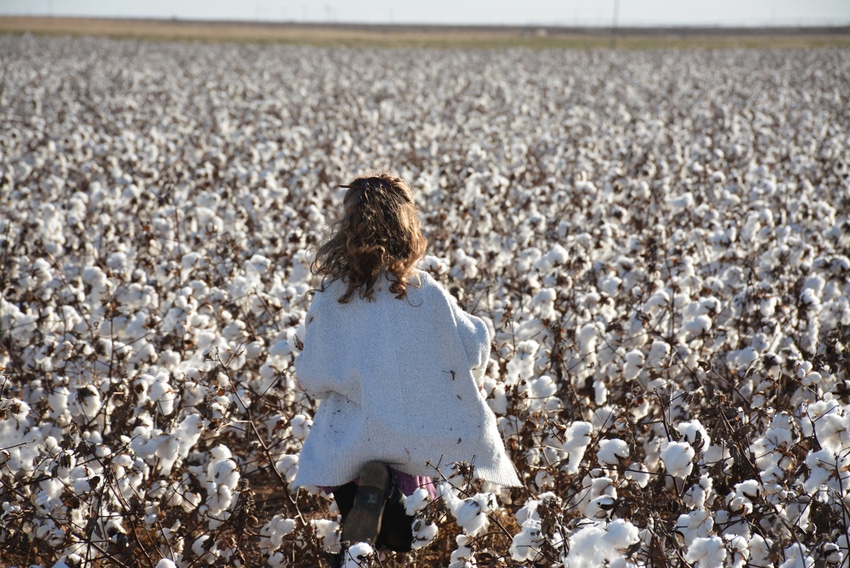
The National Cotton Council is responding to consumer demand for sustainability, standards and verification.
The COTTON USA Sustainability Task Force, composed of industry leaders from the seven segments, is guiding the development of the U.S. Cotton Trust Protocol, a voluntary grower program designed to demonstrate to the textile supply chain that U.S. cotton is produced with the environment in mind.
“For the last year and a half, we’ve had a task force working on sustainability initiatives and working to strengthen our sustainability message,” says National Cotton Council CEO and President Dr. Gary Adams. “As we are going through this process, we get feedback from the brands and retailers, and the textile supply chain, who still have questions about U.S. cotton, or they tell us the issues or challenges they're facing when they try to market products to the consumer. And there's much more focus now on some type of standard or some level of verification.
“In general, there's a call for more transparency within supply chains.”
While Adams admits U.S. producers are the most sustainable, the challenge is how to strengthen that message. “U.S. growers adopt technology and they're efficient with their resources. Their environmental footprint has been shrinking over time, so we have a very positive story to tell, and we have brands and retailers that acknowledge that message because we have strong support through the Cotton Leads effort. But at the same time, we still hear from others who say, ‘We need more,’ or ‘We need to see some type of standard or verification.’”
Later this year, NCC will launch a pilot program, says Adams, enrolling producers into a protocol program and allowing them to go through a self-assessment questionnaire which will allow them to assess production practices they are implementing now, those that may not be appropriate for their farming operations, or practices they may consider in the future.
“They will also use a data tool to measure their input usage.”
WHY?
Adams says this information is important to cotton because the cotton merchandisers are hearing it from their mill customers who are hearing it from the brands and retailers that more verification is needed.
“We certainly are aware of the burden already on growers from a management standpoint, but the message we hear is we've got to continue to make sure we have access to the markets out there for U.S. cotton. We don't want cotton to be excluded from any end user because of some perception of not being sustainable or having established requirements within the supply chain that we haven't met. So, we have to do what we can to meet those requirements and to demonstrate we are continuously improving.”
PRODUCER LEADERS
The COTTON USA Sustainability Task Force includes producer leaders who have been and continue to be involved in the development and critique of the protocol platform to ensure it is not burdensome and is user-friendly.
“They've told us repeatedly that anything we do can’t add to a grower’s burden. To the greatest extent we can, we need to use the data tools many producers are already using,” says Adams. “In addition, we need to tout the existing efforts of producers such as participation in the NRCS Working lands conservation programs.”
In the future, the hope is once a grower enrolls and receives his or her assessment and how it compares to their peers, it may provide feedback to the producer, says Adams, about how they can further address some of their production practices.
“We are not trying to tell them how to farm,” says Adams, “but eventually we would like growers to have some feedback and be able to say, ‘Okay, I see some opportunities for improvement.’”
But for the Trust Protocol to be successful, Adams says, growers are the foundation. “If we don’t have their buy-in or participation, this will never get off the ground. We can hear from downstream, but it starts with the producer and that’s where we’re focusing our development efforts right now.”
About the Author(s)
You May Also Like






